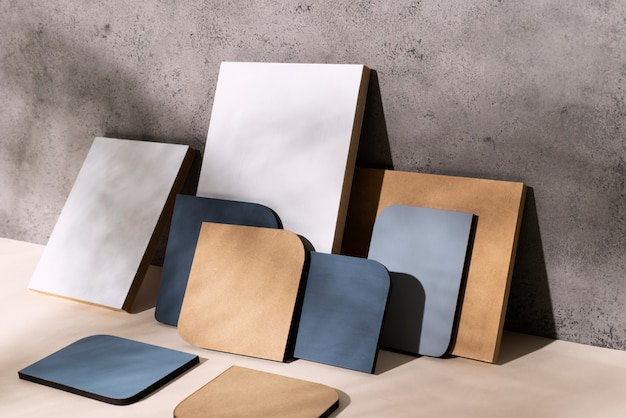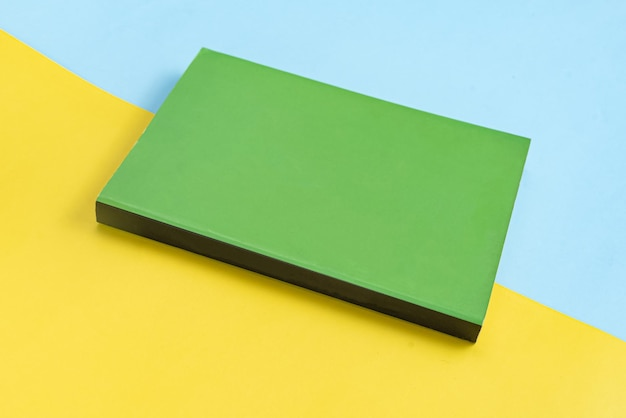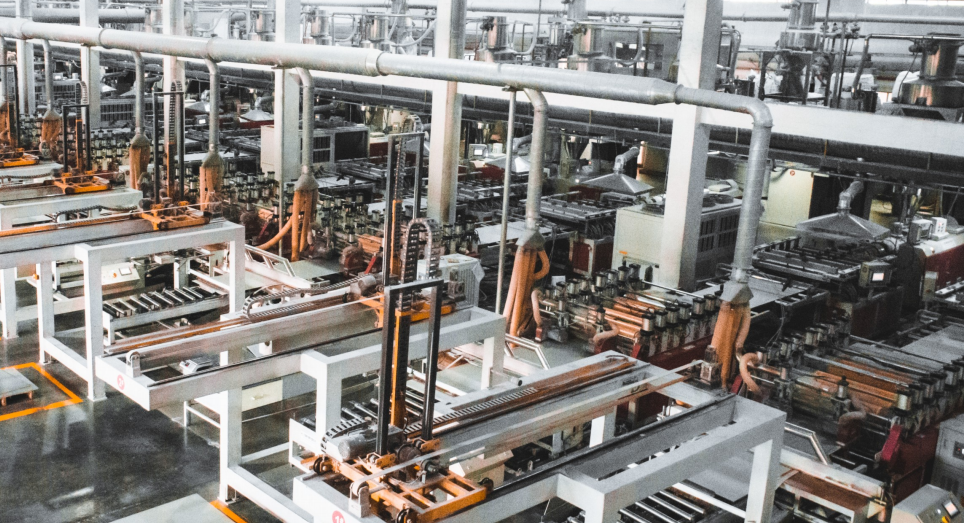PVC foam board has become an essential material in construction and interior design, thanks to its durability, versatility, and affordability. If you're a construction professional or an interior designer exploring material options, you may have heard about PVC foam board¡¯s potential to handle water and heat, as well as its wide range of color options. But how well does it truly perform in these areas, and what other types of foam board are available?
This blog post will answer these questions and more, giving you an in-depth understanding of PVC foam board and why it¡¯s a valuable addition to your projects.
Copyright photo from https://www.freepik.com/
What Is PVC Foam Board?
PVC (polyvinyl chloride) foam board is a lightweight, durable, and versatile material made by combining PVC resin with other additives to form a foam-like structure. This results in a material that is both rigid and easy to work with. Widely used in furniture, signage, construction, and interior design, PVC foam boards come in various thicknesses, making them suitable for a broad range of applications.
Now, let's dive deeper into its properties, particularly its resistance to water and heat.
Is PVC Foam Board Waterproof?
The short answer is yes¡ªthe PVC foam board is waterproof. Its structure is inherently resistant to water due to the following factors:
1. Non-Porous Surface: PVC foam board is made with a dense, non-porous structure that prevents water from seeping in. This property makes it ideal for areas prone to moisture, such as bathrooms, kitchens, and outdoor applications.
2. Resistance to Swelling & Rotting: Unlike wood, PVC foam boards do not swell, warp, or rot when exposed to water. This makes them a more durable option in environments where water resistance is crucial.
3. Mold Resistance: PVC¡¯s chemical composition makes it resistant to mold growth, maintaining its integrity and hygiene in humid conditions.
Limitations
While PVC foam board is highly water-resistant, it¡¯s essential to note that extended submersion in water or exposure to extremely harsh conditions may lead to gradual wear. Proper installation and occasional maintenance will help maximize its lifespan.
Is PVC Foam Board Heat-Resistant?
PVC foam board also exhibits a good level of heat resistance, although there are some limitations to keep in mind.
Heat Resistance Features
Thermal Stability: PVC foam boards can maintain their structure and shape at temperatures ranging from -20¡ãC to 60¡ãC (-4¡ãF to 140¡ãF). This makes them suitable for environments with moderate heat exposure.
Low Thermal Conductivity: PVC foam board¡¯s low thermal conductivity ensures it does not easily transfer heat, making it a safe and effective material for interior applications.
Limitations in High Heat
PVC foam board is not designed for high-heat environments, such as direct placement near open flames or extremely hot equipment. Prolonged exposure to temperatures above its threshold may lead to deformation or discoloration of the material.
Colors of PVC Foam Board
One of the most appealing aspects of PVC foam boards is their range of colors.
1. Original Color: The default color of PVC foam board is white. The clean, neutral shade makes it a versatile base for painting or printing and seamlessly fits various designs and applications.
2. Custom Colors: PVC foam boards can be colored or coated during manufacturing to meet specific aesthetic demands. Popular options include black, blue, green, red, and wood-like patterns.
3. Colorfastness: High-quality PVC boards undergo UV treatment to ensure the colors remain vibrant and do not fade easily, even when exposed to sunlight.
If you're looking for an adaptable material that can be matched to your project¡¯s theme or aesthetics, these varied color options are a significant advantage.
Copyright photo from https://www.freepik.com/
Types of PVC Foam Board
PVC foam boards come in multiple variants, each suited for specific applications. Here are four common types:
1. PVC Free Foam Board
PVC Free Foam Board has a lower density than other types, making it lightweight yet durable. Its smooth surface is ideal for printing and is commonly used for signage or visual displays. PVC foam boards created through this free foaming process feature a thinner outer skin, with the inner core and outer layers having a similar density. This is because the melted PVC raw material will expand freely with the help of the foaming agent.
2. PVC Celuka Foam Board
The Celuka version has a harder outer layer, offering higher stiffness and strength. It¡¯s highly resistant to scratches, making it suitable for applications like cabinetry and partitions.
3. PVC Co-Extrusion Foam Board
This foam board type is manufactured with a dual-layer structure, featuring a rigid outer surface and a foamed core. It combines durability with cost-effectiveness and is commonly used for furniture and door panels.
4. PVC Laminated Foam Board
PVC Laminated Foam Board comes with a protective laminate layer, adding an extra degree of robustness and visual finish. This type is great for decorative panels and space-specific applications like wall cladding.
Boyu¡¯s PVC Foam Board Production Line & Expertise
For those involved in PVC foam board production, Boyu Extruder stands as a trusted name in the industry. Established in 1998, Boyu specializes in designing and manufacturing advanced extrusion machinery for PVC foam board production.
Here¡¯s what sets Boyu apart:
Cutting-Edge Technology: Boyu¡¯s equipment is designed with precision and durability, ensuring consistent quality in every batch.
Enhanced Production Capabilities: Our WPC floor/PVC foam board production line can produce boards in various sizes and thicknesses. For example, their extruders handle widths of up to 2050mm and thicknesses ranging from 5mm to 20mm.
Certifications: Boyu extruders meet ISO-9001, CE, CSA, EAX/CUTR, and explosion-proof ATEX certifications, guaranteeing safety, energy efficiency, and quality performance.
For more details about Boyu¡¯s machinery, explore our PVC foam board production line here.
Why PVC Foam Board is a Smart Choice
Whether you¡¯re designing a waterproof outdoor display, constructing durable furniture, or looking for materials to create heat-resistant partitions, PVC foam board is a versatile and cost-effective solution. Its water resistance, moderate heat resistance, range of color options, and multiple types make it an invaluable resource for modern projects.
Are you ready to integrate PVC foam board into your designs or construction? Contact Boyu for industry-leading production solutions and take advantage of their 27+ years of expertise in extrusion machinery.




